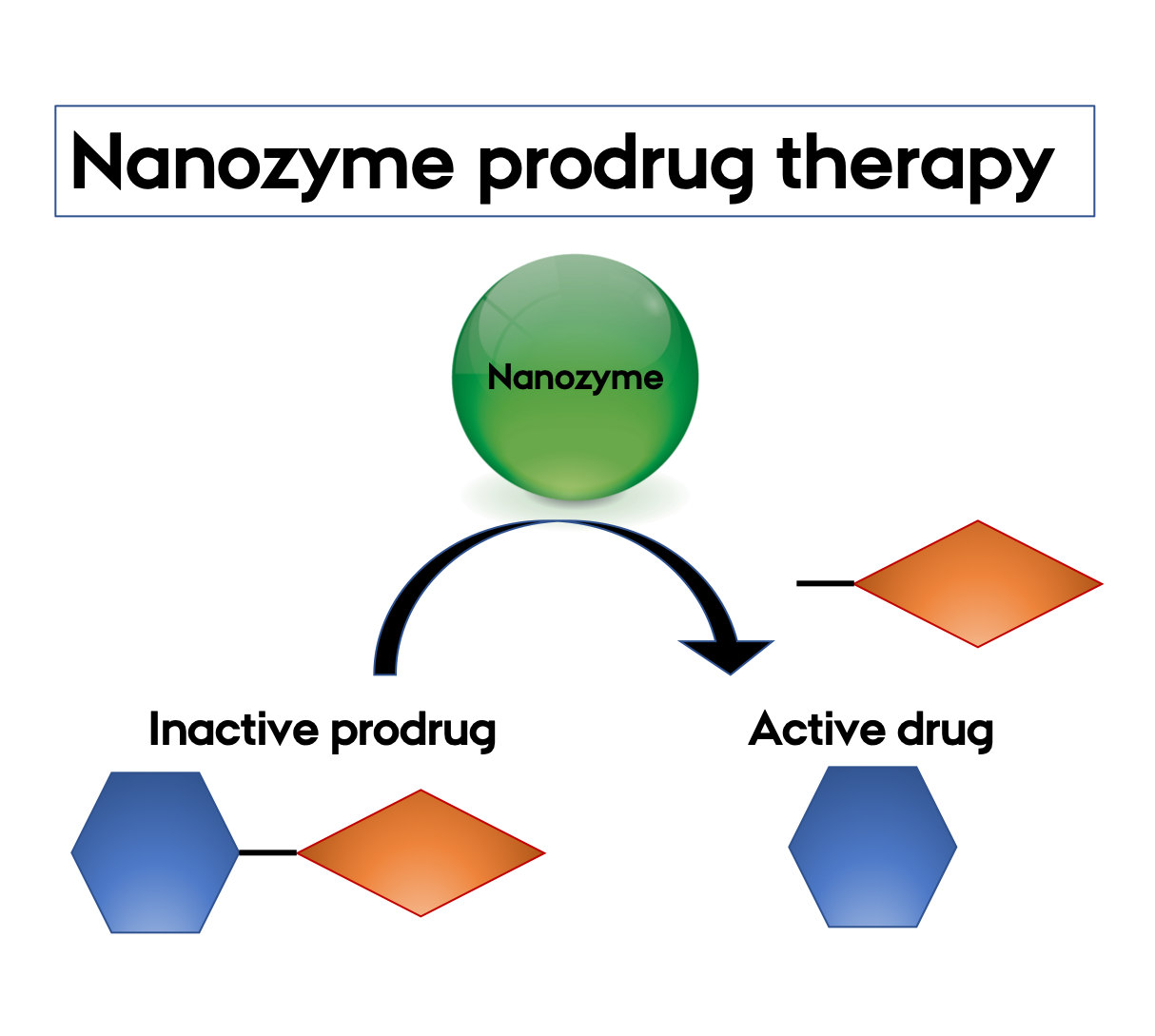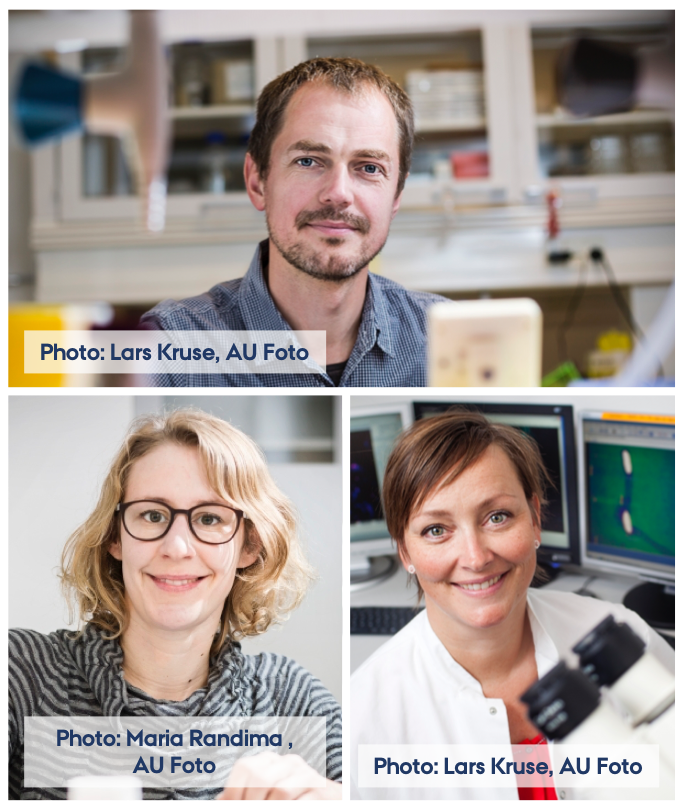AU researchers engineer enzyme-like nanoparticles with potential in prodrug therapy
Development of nanozymes constitutes an increasingly important mean to overcome the limitations of natural enzymes in biotechnology and biomedicine. AU researchers have just recently expanded the yet narrow range of nanozymes greatly and reveal a novel example of nanozyme‐prodrug‐therapy.


Natural enzymes are mainly proteins, organic molecules, with structural functionalities that make the enzymes able to accelerate important chemical reactions in e.g. mammals. Enzymatic catalysis is needed in all metabolic processes and enzymes are widely used as tools in biotechnology and biomedicine. Artificial enzyme-like molecules called nanozymes have been developed, which can mimic the natural activity of enzymes. They do not consist of the typical organic proteinaceous building blocks, but possess a higher stability, scalability, chemical diversity and the ability to function in non-aqueous solvents.
Current nanozymes mimic only a narrow range of mammalian enzymes and can only catalyse an even more narrow range of chemical reactions. However, the present research team has presented an unforeseen discovery of non-proteinaceous enzymes based on inorganic metallic and non-metallic nanomaterials, which mimic a raft of mammalian enzymes.
The results are twofold exciting as further novelty can be found in the nature of the identified substrates. The nanozymes uniquely mimic the extremely common natural enzymes, glycosidases. These enzymes have many different roles including anti-bacterial defence strategies, and more specifically a certain type is able to process the conversion of glucuronides. Glucuronides arise when a glucuronic acid has been attached to toxic substances, drugs or other substances that cannot be used as an energy source. The attached glucuronic acid causes the original substance to be excreted by the kidneys.
Glucoronides are used as prodrugs, which are pharmacologically inactive medications, that are metabolized into an active form within the body. In fact, the studies here revealed that a pronounced antibacterial effect was activated by the combination of the nanozyme and the prodrug, which means that nanozymes efficiently converted glucuronide prodrugs into anti‐inflammatory and antibacterial agents.
The nanozymes thereby show the potential for “nanozyme‐prodrug‐therapy” to mediate antibacterial measures. Though, the box of opportunities for application of nanozymes in biotechnology and biomedicine has yet just been opened.
This work was supported by the European Research Council, Aarhus University Research Foundation, Villum Foundation, Danish National Research Foundation, Australian Research Council and RMIT Microscopy and Microanalysis Facility (RMMF).
The research has been carried out by scientists from Interdisciplinary Nanoscience Centre (iNANO) and Department of Chemistry at Aarhus University (AU) in collaboration with Max-Planck Institute of Colloids and Interfaces (Germany) and Royal Melbourne Institute of Technology University (Australia). Associate Professor Alexander Zelikin has been in charge of the research team behind the study.
For further information, please contact
Associate Professor Alexander Zelikin
Interdisciplinary Nanoscience Center and Department of Chemistry
zelikin@inano.au.dk - +45 23297986 -
